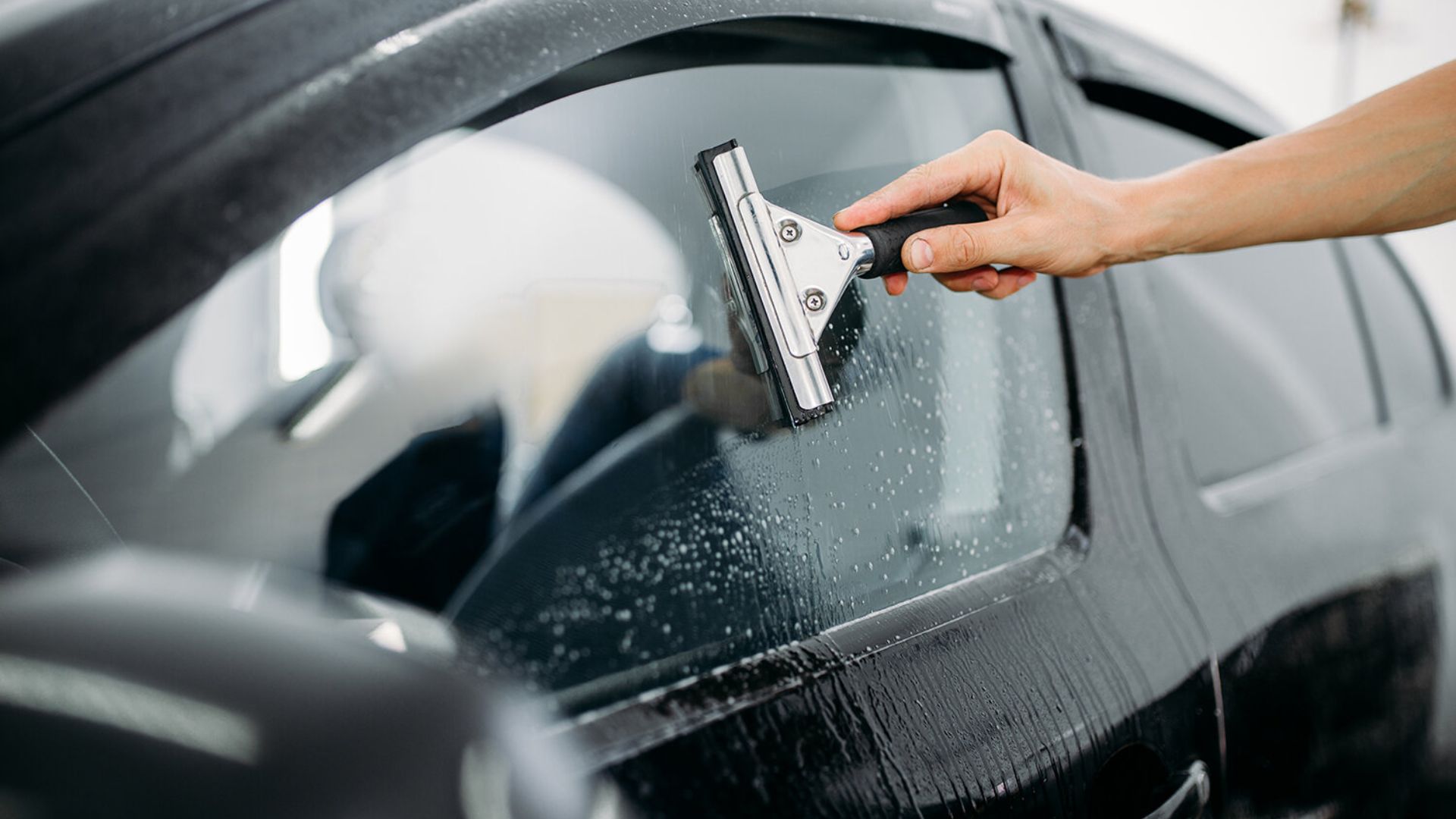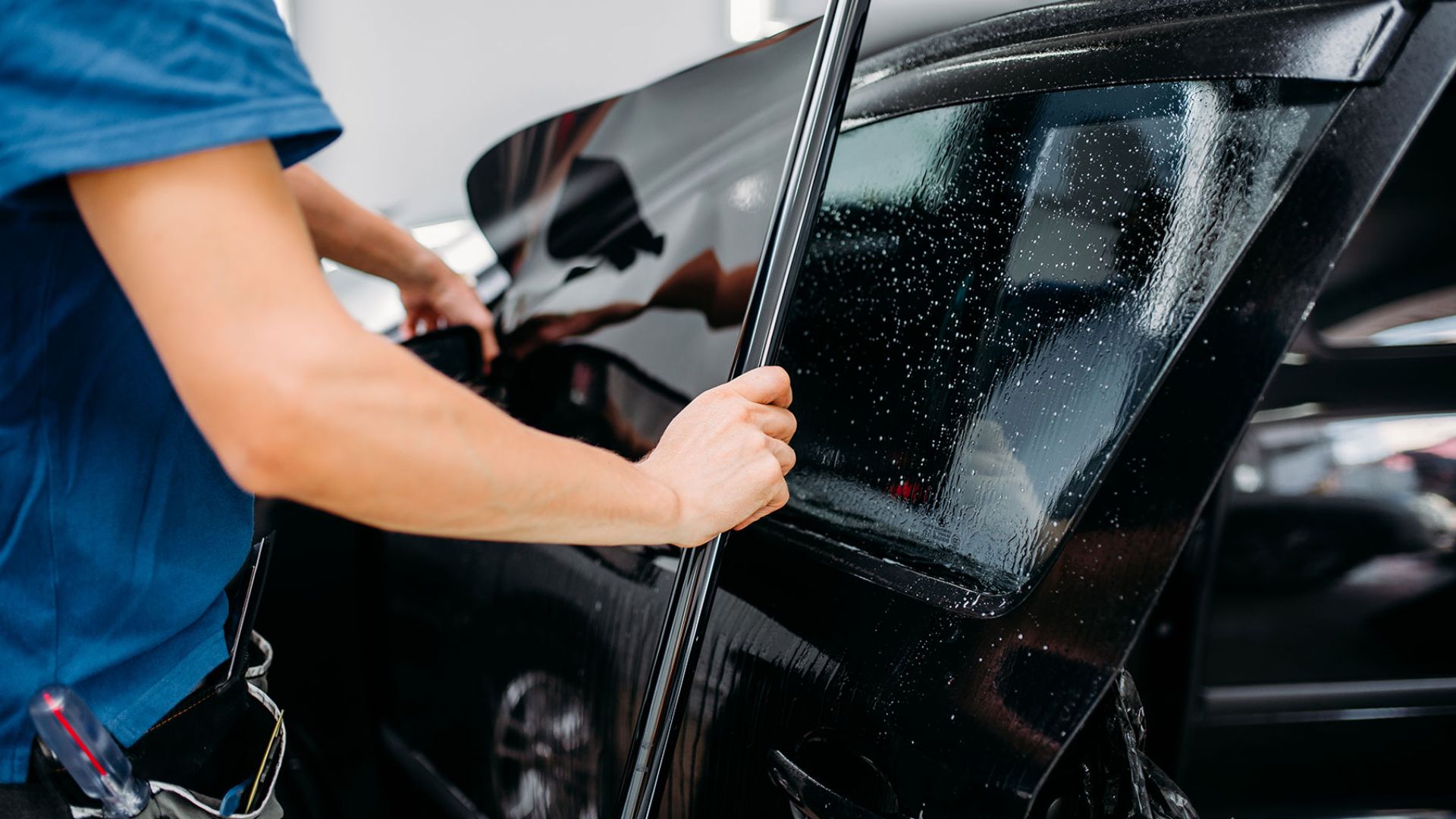Vehicle Glass Tinting has become a popular modification among car owners, offering more than just a sleek, stylish look. It provides numerous benefits that can significantly enhance your driving experience. From reducing glare and heat to offering increased privacy and protection, tinted windows are more than just an aesthetic choice. Let’s explore how auto glass tinting can transform your time on the road.

Introduction
When you think about vehicle enhancements, things like performance upgrades or high-end audio systems might come to mind. However, one often-overlooked modification is Vehicle Glass Tinting. Tinting the windows of your car is not merely a cosmetic adjustment; it has practical advantages that can make driving more comfortable and enjoyable. This blog will delve into how auto glass tinting can improve your driving experience, touching on aspects such as temperature regulation, glare reduction, privacy enhancement, and UV protection.
Temperature Regulation
One of the most immediate benefits of auto glass tinting is its impact on cabin temperature. Tinted windows help block a significant amount of solar heat from entering your vehicle. This is particularly valuable on hot, sunny days when the interior of your car can become uncomfortably hot. Tinted glass can help keep your car’s interior cooler by limiting the amount of heat that enters through the windows, reducing your dependency on air conditioning. This not only makes for a more pleasant driving experience but can also lead to better fuel efficiency, as your vehicle doesn’t need to work as hard to maintain a comfortable temperature.
Glare Reduction
The sun’s glare can be a major distraction and hazard while driving. Sunlight reflecting off the road or other vehicles can impair visibility, making it difficult to see the road clearly and increasing the risk of accidents. Auto glass tinting lowers glare by filtering out the direct sunshine, providing a cleaner view of the road ahead. This can be especially beneficial during early morning or late afternoon drives when the sun is at a low angle. By minimizing glare, tinted windows help you maintain better control and focus on the road, enhancing overall safety.
Privacy Enhancement
Privacy is another significant advantage of auto glass tinting. Tinted windows obscure the view into your vehicle from the outside, providing a higher level of privacy for you and your passengers. This can be particularly valuable when you’re parked in public places or when you want to keep valuables out of sight. Enhanced privacy also means that people are less likely to notice or be able to see what’s inside your vehicle, which can deter theft and keep your personal belongings secure.
UV Protection
Auto glass tinting offers important health benefits as well. Tinted windows can prevent up to 99% of the sun’s ultraviolet (UV) rays. Prolonged UV exposure can cause harm the skin and raise the chance of developing skin cancer. By reducing UV exposure inside your vehicle, tinted windows help protect your skin and reduce the risk of sunburn during long drives. Additionally, UV protection helps prevent the fading and deterioration of your car’s interior materials, such as upholstery and dashboards, keeping them in better condition for longer.
Increased Safety
While the safety benefits of tinted windows are often overlooked, they are significant. In the event of an accident, tinted glass can help hold shattered glass together, reducing the risk of injury from flying debris. This added layer of protection can be crucial in minimizing the impact of an accident and improving the safety of occupants inside the vehicle.

Conclusion
In summary, auto glass tinting offers a range of benefits that enhance the overall driving experience. By improving temperature regulation, reducing glare, enhancing privacy, providing UV protection, and increasing safety, tinted windows contribute to a more comfortable, secure, and enjoyable ride. Whether you’re looking to protect your vehicle’s interior, enhance your driving visibility, or simply enjoy a cooler cabin, auto glass tinting is a practical modification that can make a notable difference in your time on the road. If you haven’t considered it yet, tinting your vehicle’s windows might be the upgrade you didn’t know you needed.








